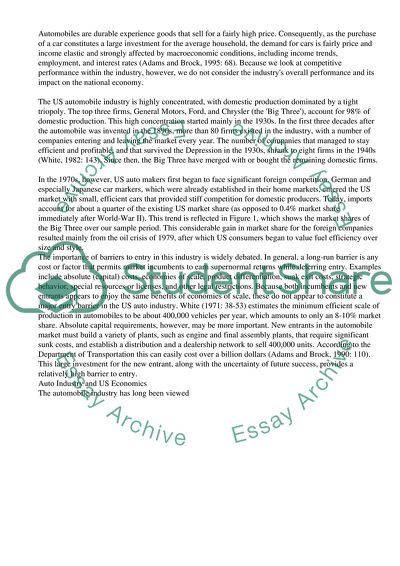Cite this document
(“United States Automobile Industry Essay Example | Topics and Well Written Essays - 3500 words”, n.d.)
United States Automobile Industry Essay Example | Topics and Well Written Essays - 3500 words. Retrieved from https://studentshare.org/business/1512253-united-states-automobile-industry
United States Automobile Industry Essay Example | Topics and Well Written Essays - 3500 words. Retrieved from https://studentshare.org/business/1512253-united-states-automobile-industry
(United States Automobile Industry Essay Example | Topics and Well Written Essays - 3500 Words)
United States Automobile Industry Essay Example | Topics and Well Written Essays - 3500 Words. https://studentshare.org/business/1512253-united-states-automobile-industry.
United States Automobile Industry Essay Example | Topics and Well Written Essays - 3500 Words. https://studentshare.org/business/1512253-united-states-automobile-industry.
“United States Automobile Industry Essay Example | Topics and Well Written Essays - 3500 Words”, n.d. https://studentshare.org/business/1512253-united-states-automobile-industry.


